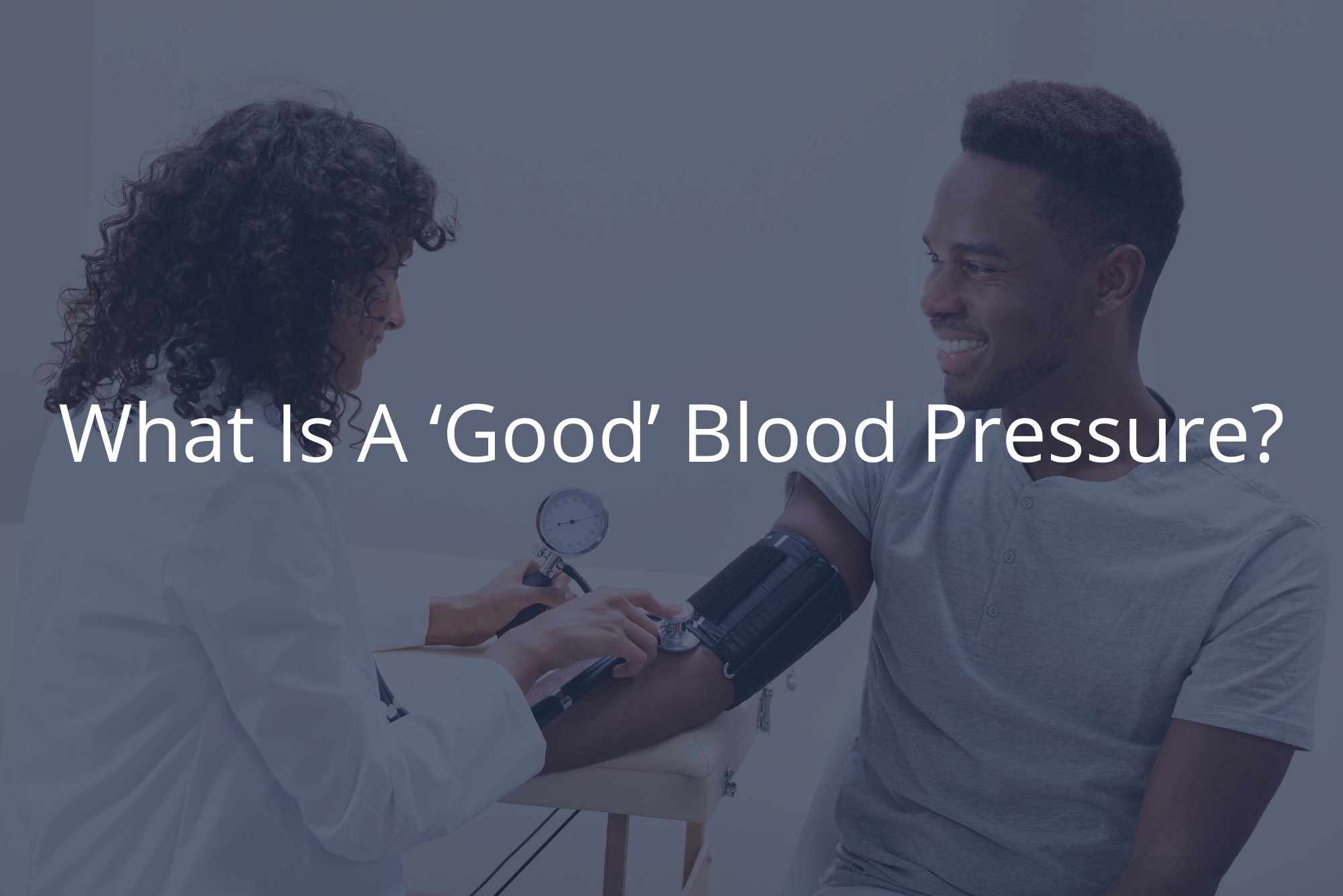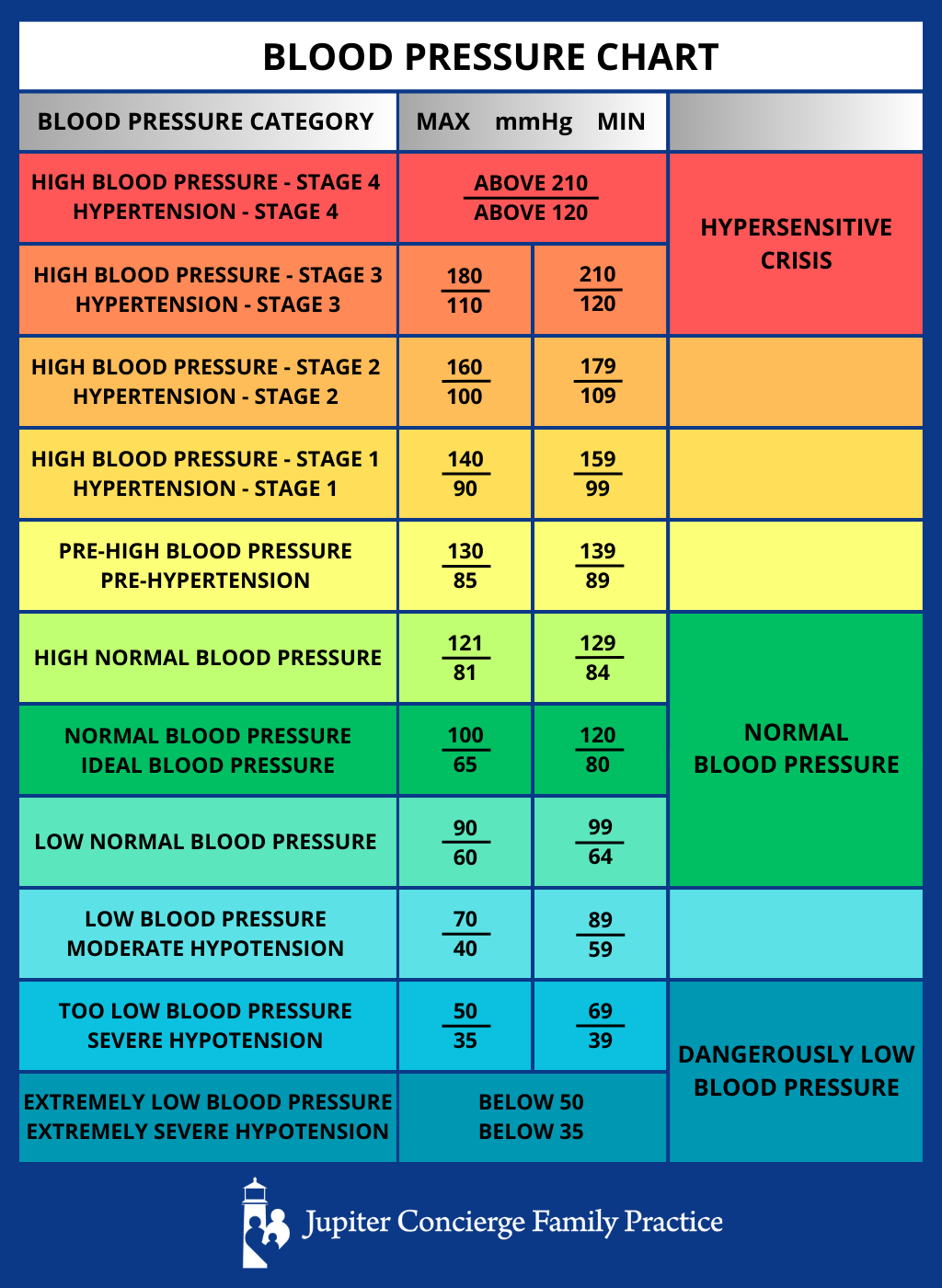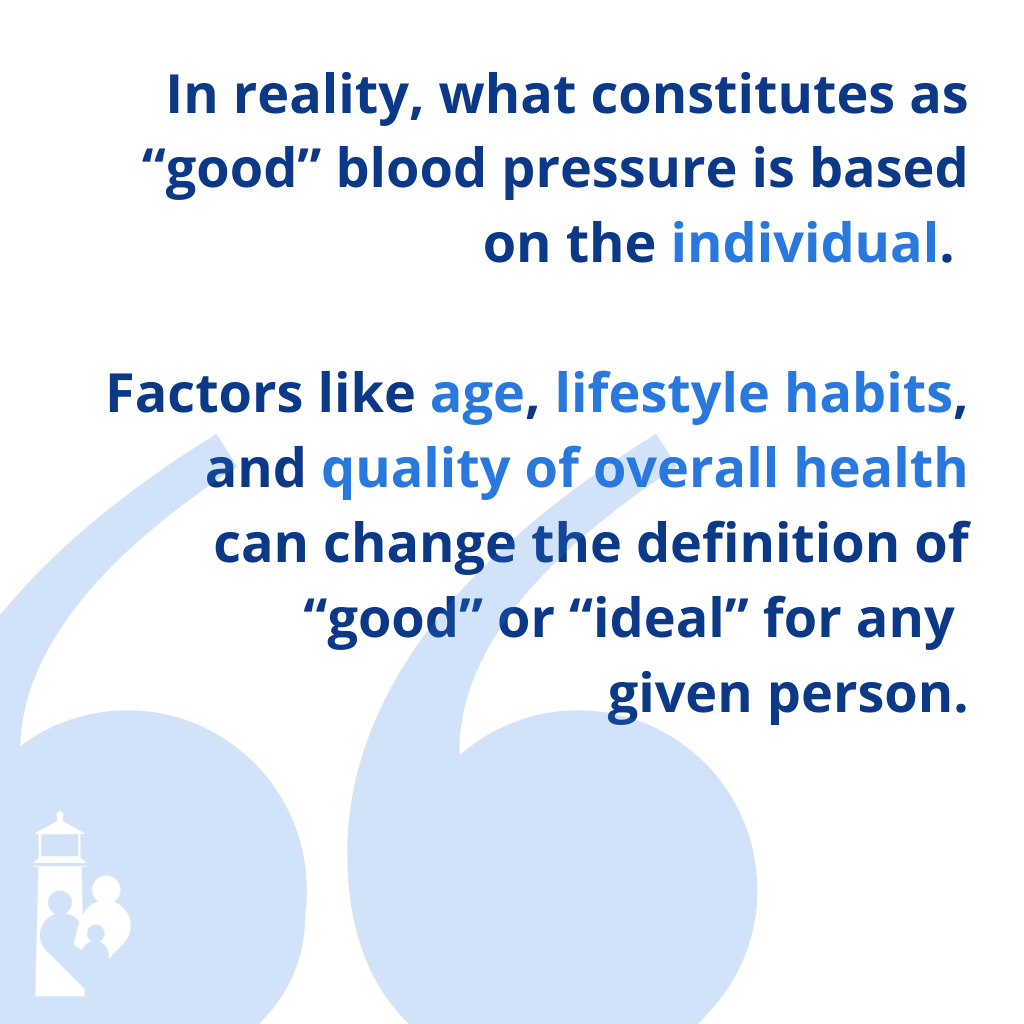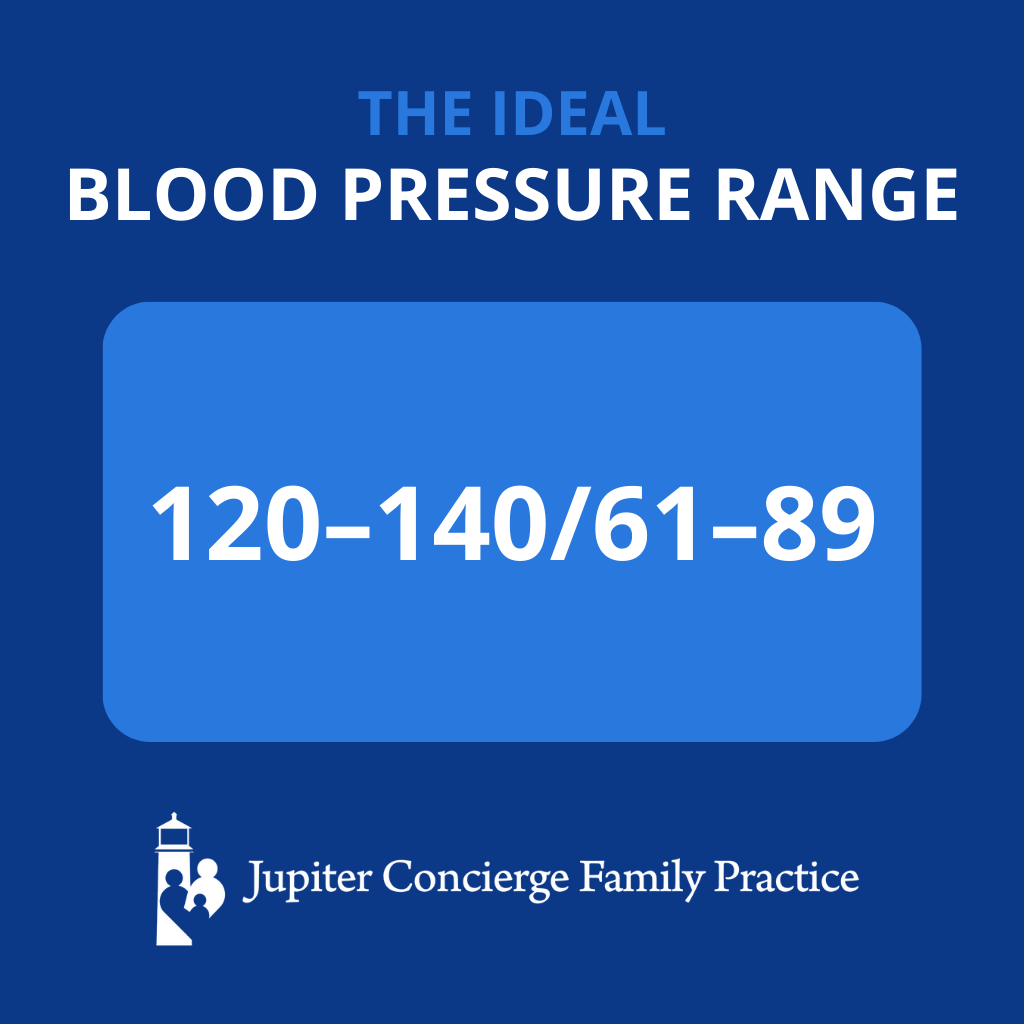
We all know blood pressure is important, but we may not have a firm practical grasp on it. What does it mean to have “good” blood pressure, and why does it matter?
Well, think of the water pressure in the pipes that connect to your household appliances. If the pressure is too high, every single appliance will have a problem. Similarly, high blood pressure causes damage to the body’s “appliances.”
If the pressure to your brain is too high, you’ll have a stroke. If the pressure to your heart is too high, you’ll have a heart attack. If the pressure to your kidneys is too high, you’ll have renal failure. The higher the pressure, the more likely you are to have an aneurysm. The list goes on.
Conversely, if the blood pressure is too low, you’re not getting enough blood supply — and therefore, not enough oxygen — to feed that organ.
As you can see, blood pressure matters quite a bit. But what constitutes “good” blood pressure?
Under Pressure: How to Understand the Numbers
Blood pressure is measured in a ratio. Written out, it looks like a fraction — one number above a horizontal line; another number below the line.
The top number measures the blood pressure when the heart contracts. That number is called the systolic pressure.
The bottom number measures the pressure when the heart relaxes. We call that number the diastolic pressure.
Because we can’t measure blood pressure in the heart, we use the closest artery from the heart that we can easily access. That artery, named the brachial artery, is in your arm.
A normal systolic (top) number is below 140, preferably below 130. A normal diastolic (bottom) number is below 90, ideally below 85.
In other words, an ideal blood pressure range would be 110–130/60–85. That said, there are several caveats to calling that range “ideal.”
‘Good’ Blood Pressure Varies
In reality, what constitutes a “good” blood pressure is based on the individual. Factors like age, lifestyle habits, and quality of overall health can change the definition of “good” or “ideal” for any given person.
If you have medical problems like heart disease or diabetes, your blood pressure needs to be on the low end of the range discussed above. Similarly, the healthier you are, the higher your blood pressure can be without harm. That said, I generally find that when people are in good physical condition, their blood pressure naturally drops.
For example, if I see an athlete who feels great and has a blood pressure reading of 96/60, I won’t be alarmed. That same number can have very different implications in another person, however. It’s far too low for an older patient who regularly takes several medications and gets dizzy when standing up.
That said, certain blood pressures are dangerous. If a patient has blood pressure of 150/93, I’ll counsel them about it. Lifestyle changes can often lower blood pressure without the need for hypertensive medications. However, a blood pressure of 220/110 is an immediate danger. In that case, I would prescribe medication on the spot.
How to Get an Accurate Blood Pressure Reading
If you’re monitoring your blood pressure at home, follow these tips to ensure an accurate reading.
I recommend that you take your blood pressure in a place where you’re relaxed and comfortable. This can help eliminate a falsely high reading from acute stress.
The best place on your body to check blood pressure is the upper arm. Because the brachial artery in the arm is closest to the heart, it’s more likely to be representative of the pressure in the heart. For an accurate reading, your arm should rest at the level of your heart, not high above your head or dangling down low.
If you’re keeping an eye on existing hypertension, take your blood pressure once or twice each day. Once your blood pressure stabilizes at an acceptable number, you can take it once or twice each week. After it reaches the range you and your physician have agreed upon, and if you are on antihypertensive medication, ask your physician how frequently you should monitor your blood pressure.
Of course, if your blood pressure is completely normal, there’s no need to take it daily or weekly. Having it checked during wellness exams is usually sufficient.
Conclusion
Extreme blood pressure can have serious consequences, whether it’s too high or too low. High blood pressure can damage blood vessels and internal organs, leading to heart attacks, strokes, liver disease, and kidney failure. Low blood pressure can deprive the body of necessary oxygen and nutrients.
Lifestyle choices such as adequate sleep, exercise, healthy eating, and stress elimination can all work to get blood pressure into normal ranges. When necessary, medication can be a life-saving tool to keep your circulatory system — and the organs it serves (all of them!) — performing optimally.



